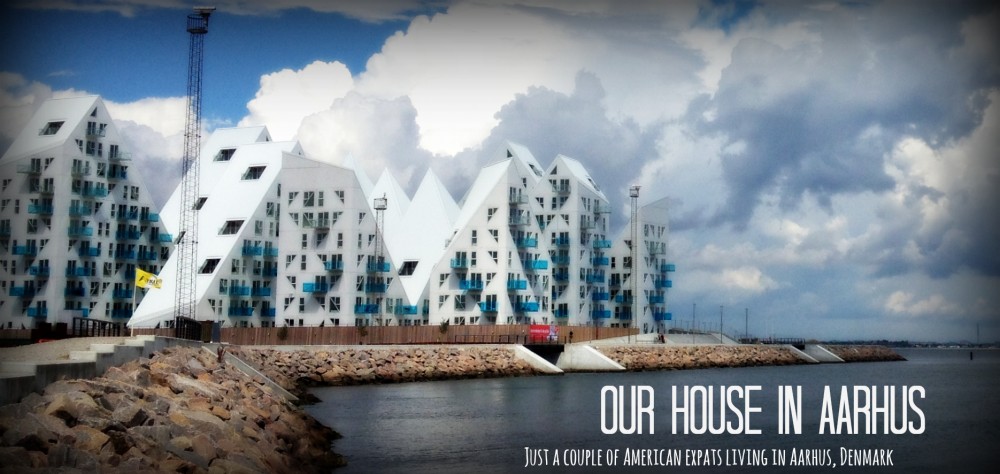So a couple of fellow bloggers – specifically Marian von Bakel and Susanne from Fit Across Cultures – have brought something to my attention about the culture shock curve. Apparently, there is actual academic research that backs up my personal feelings of frustration with the curve as an inadequate model for the normative expat experience.
Despite being widely used and acclaimed in “so you’re going to be an expat” books and training, the traditional curve has never been conclusively supported by scientific research. In fact, its applicability, relevance, and usefulness has been questioned by the academic community for many many years. Though many studies have tried to validate it as a good model for the expatriate’s experience, they have repeatedly been unable to do so. The main complaints? The model is too simplistic, it assumes one mode and method of adaptation for everyone, and it assumes a honeymoon period (which many expats are unhappy to realize that they’ve skipped right over, going straight into stress time because, duh, you’ve just moved countries and have to set up a home and a whole new life all at once).
The Berardo Cultural Adjustment and Transition Training Presentation from Culturosity.com, which Susanne brought to my attention, was especially enlightening. It tells of the history of the curve, gathers together much of the past research on this topic, discusses why the curve got so stuck in culture shock discussions, and proposes alternative ways that we might talk about culture shock. (My guess is that it’s staying power is due to its simplicity. It’s easy to use and talk about, while describing the reality of culture shock would be messier and more complicated.)
So thanks to my readers for inserting some actual facts into this rather personal discussion! Maybe next time I’ll do some Googling before I post…


